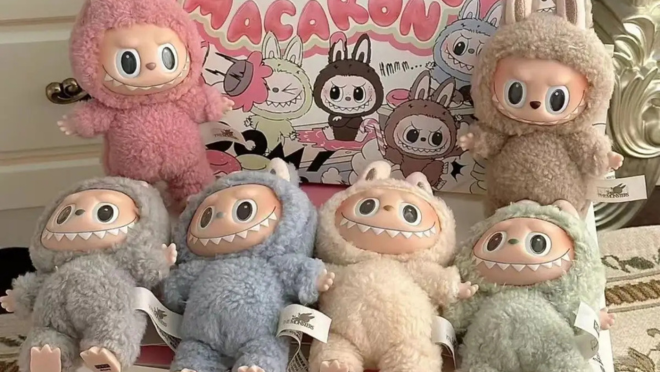Labubu as the new mascot of collectible craze: Are you caught in a cute consumer trap too?
Labubu as the new mascot of collectible craze: Are you caught in a cute consumer trap too?

In recent months, Labubu dolls, the mischievous little monster toys from Hong Kong, have captured hearts worldwide – generating over $400 million in revenue for Pop Mart last year.
But Labubu isn’t the first clever sales bait, it’s just the latest in a long line of collectibles. From fan merch to fashion accessories – each seemingly harmless object sparks a strong urge to buy, collect, and complete; often without us even realising why.
What is a Labubu?
If you are still living under a rock, then let’s recap what Labubus are about. Labubu dolls are wide-eyed plush monster elves designed by Hong Kong artist Kasing Lung. Marketed through China’s Pop Mart, they’re the latest collectible craze, drawing long lines and viral unboxing videos. But beneath the charm lies a highly profitable industry.
In 2024, Pop Mart reported a 188% jump in net income from the year before. Wang Ning, founder of toy maker Pop Mart International Group, has joined the ranks of China’s top ten billionaires for the first time as the Labubu dolls hit the world.
The broader pattern
Labubu isn’t alone. This kind of collecting mania has been building for years. From limited-edition sneakers and fan merchandise to Hot Wheels, stationery items, makeup kits, bags, watches, perfumes, pop sockets – consumers are increasingly drawn into cycles of owning, displaying, and discarding. What once was a hobby has slowly become a compulsion.
Just like the Labubu, which started gaining popularity after Black Pink member Lisa and Thai princess Sirivannavari showcased it in public, most of these collectibles have now become a status marker. We’re surrounded by “must-haves” we never really needed or identified ourselves with.
Capitalism’s playbook
Much of this culture is built on psychological design for addiction. The variable reward system, used in gambling, keeps people hooked. A good example of this is the success of Labubu, thanks to the utilisation of blind boxes, where the purchasers do not know what figure they will get. The unpredictability creates anticipation, followed by either the high of success or the itch to try again.
Plus, many of these trends thrive on a sense of artificial scarcity. Labels like “rare”, “limited”, or “exclusive” trigger a fear of missing out (FOMO), pushing people to buy quickly and often repeatedly. The emotional reward is short-term, but the desire it feeds is long-lasting.
Collecting or hoarding?
Collecting can be meaningful. It offers comfort, identity, and even inspiration. But there’s a thin line between collecting and hoarding. When the goal becomes endless accumulation, when products pile up unused or forgotten, it becomes emotional baggage dressed as excitement.
When the magic wears off
Once the hype passes, the reality sets in. Labubu dolls, being among the trendy products, stand the chance of becoming lost items. The value of the products decline as the market moves on to the next fad. The emotional attachment vanishes, but the plastic stays, accompanied by regret and an empty wallet.
The hidden environmental cost
In addition to wardrobes and wallets, this culture of consumption also bears a greater price: the planet. They’re cheaply made, globally shipped, and discarded after short lifespans. Hence, they result in more waste, more pollution, and a system built on disposability.
Toward a more intentional way of living
The Labubu trend will fade, but the systems driving overconsumption won’t disappear unless we challenge them. To break the cycle of compulsive consumption, one must start with awareness. Identifying manipulative marketing practices, such as blind boxes or artificial scarcity, loosens their hold. Imposing individual limits, minimising impulse purchases, and valuing experiences over things bring control back.
This doesn’t mean we need to reject all collectibles, but we should rethink what they mean to us. So, the next time a collectible craze tempts you, ask yourself: what am I trying to communicate through this? Is this truly channelling my identity, or just another empty purchase? The answer might save not only your wallet but also the planet you live in!


